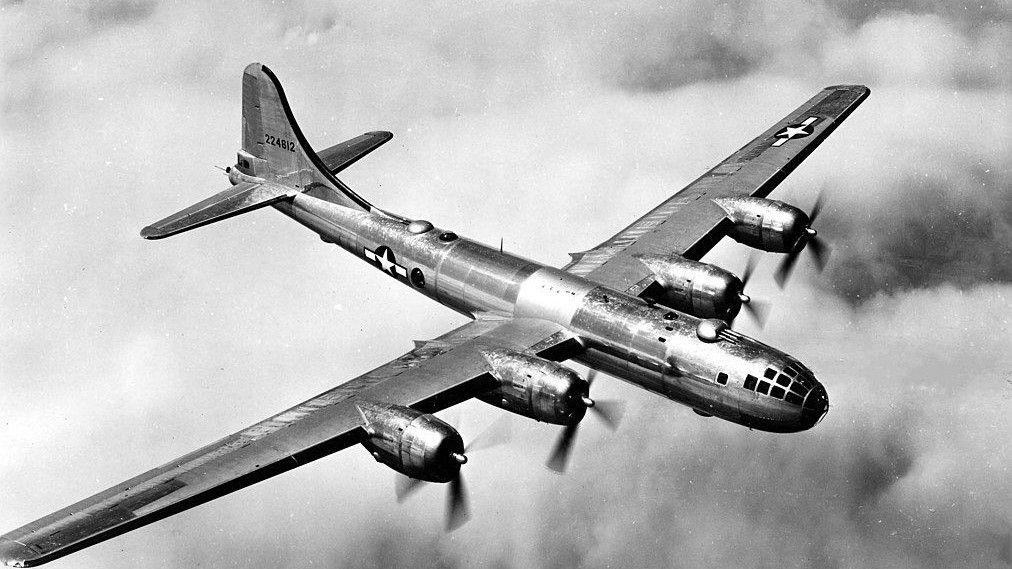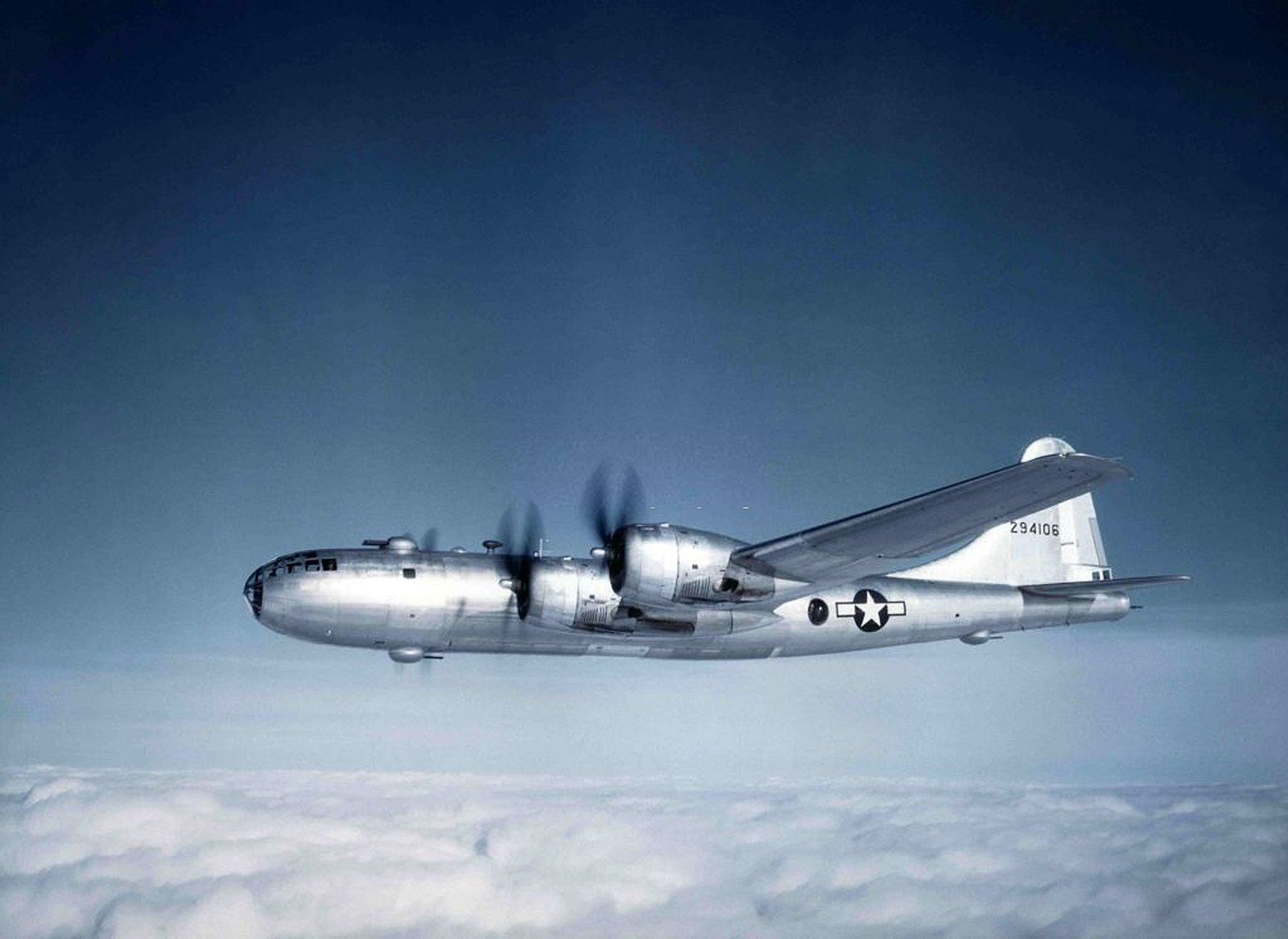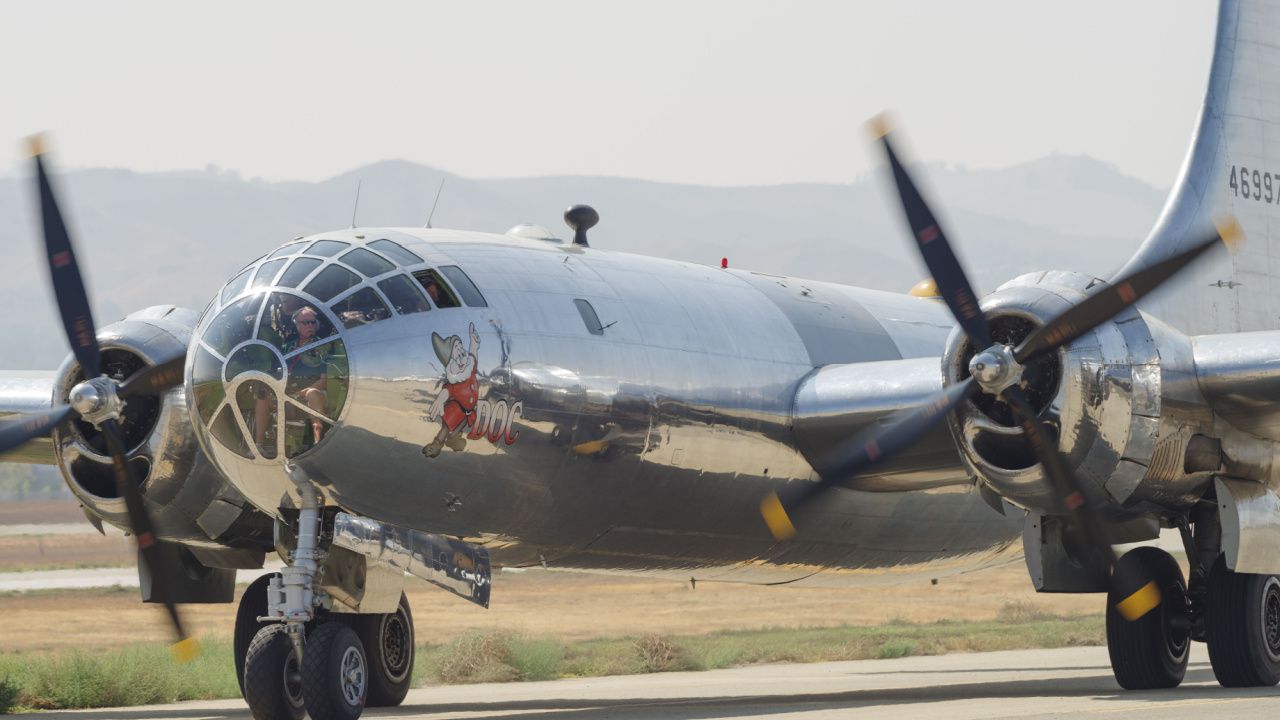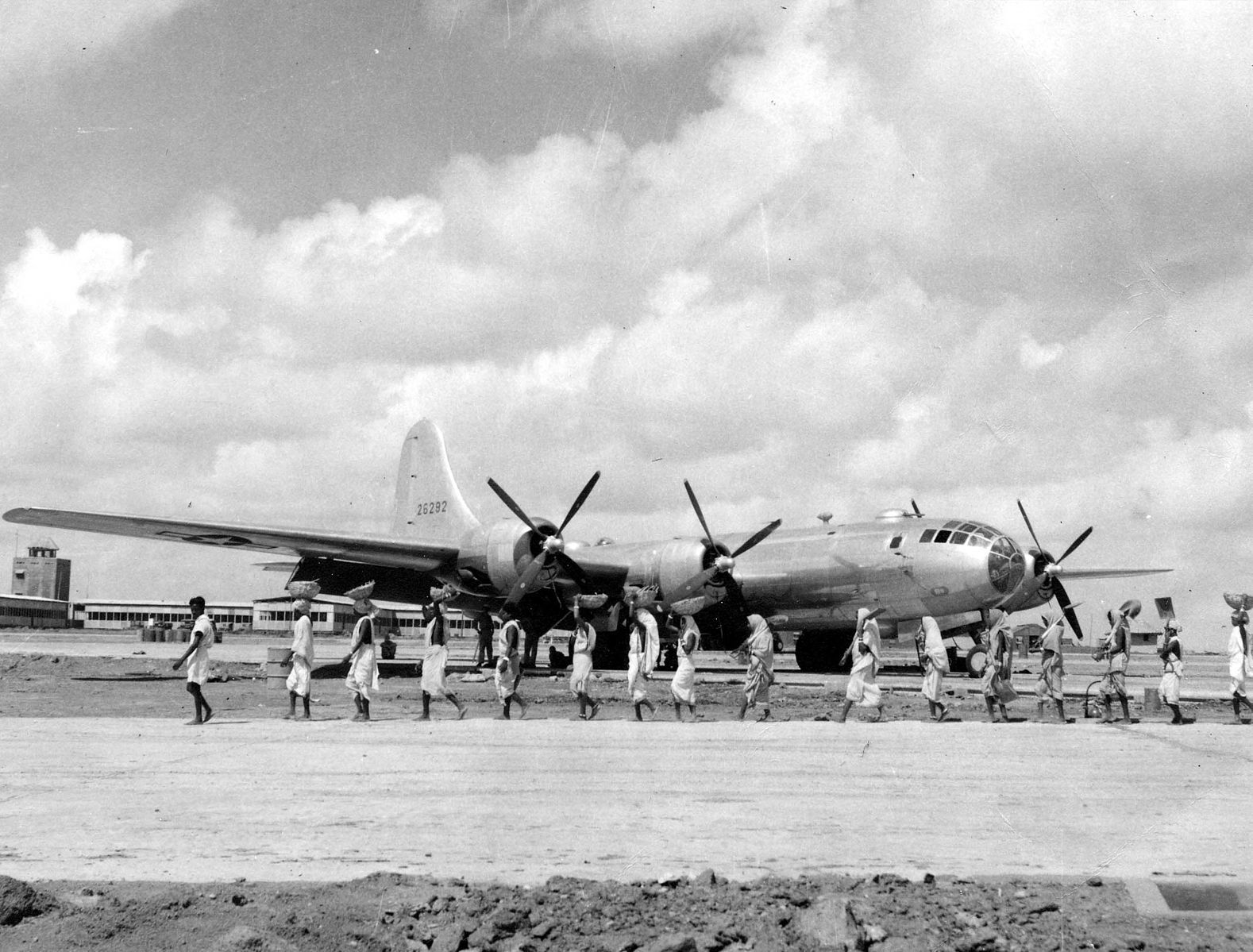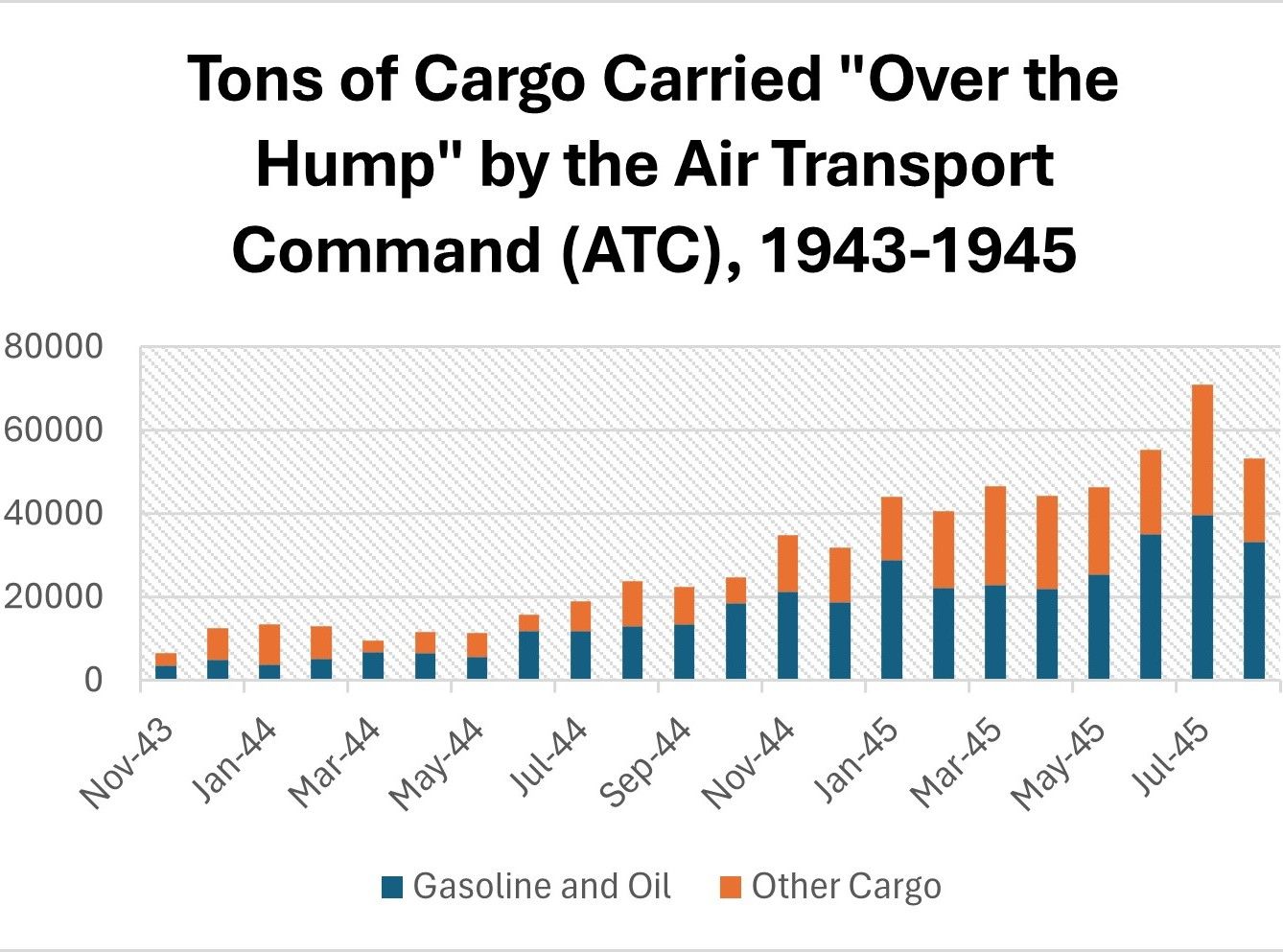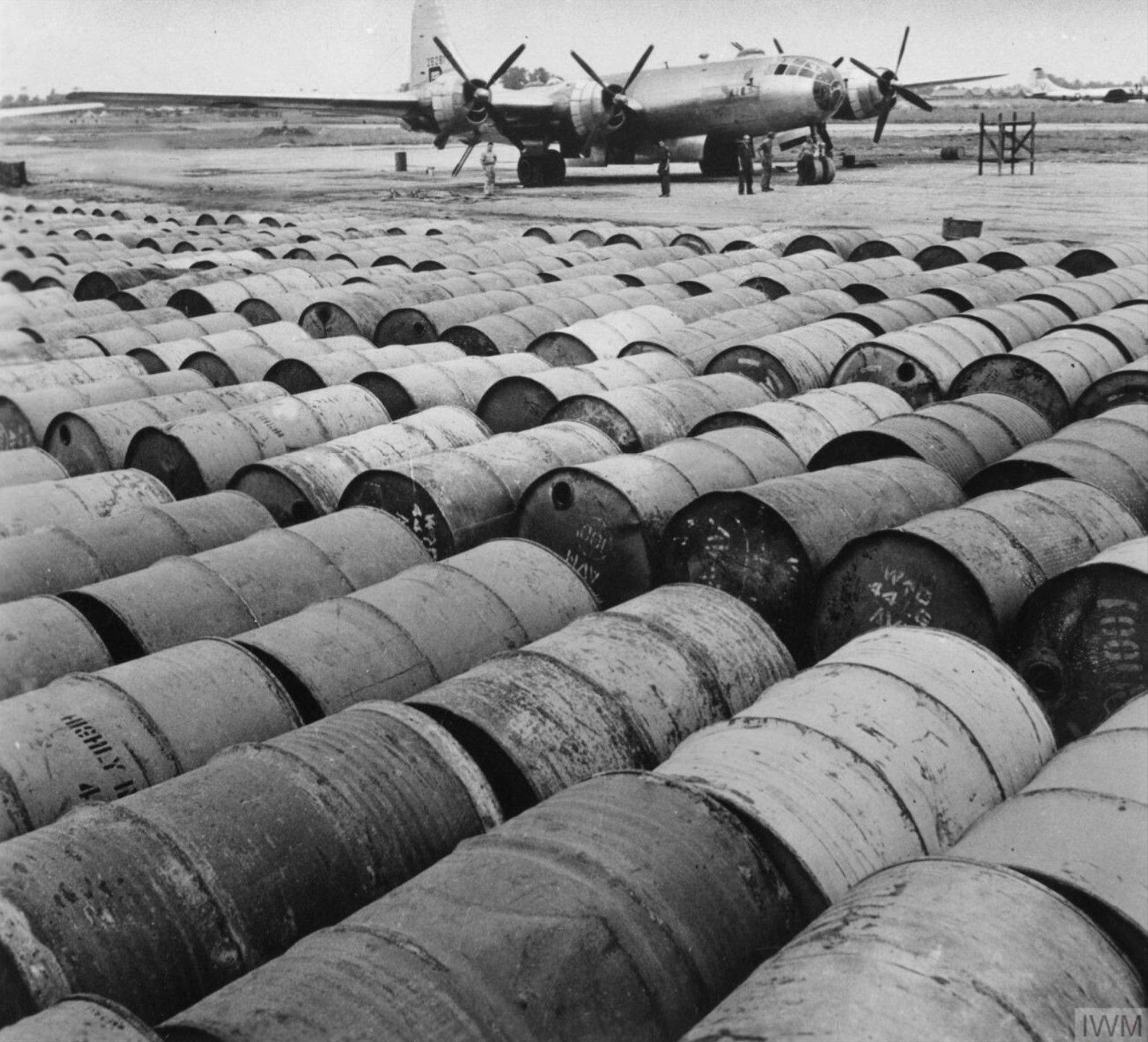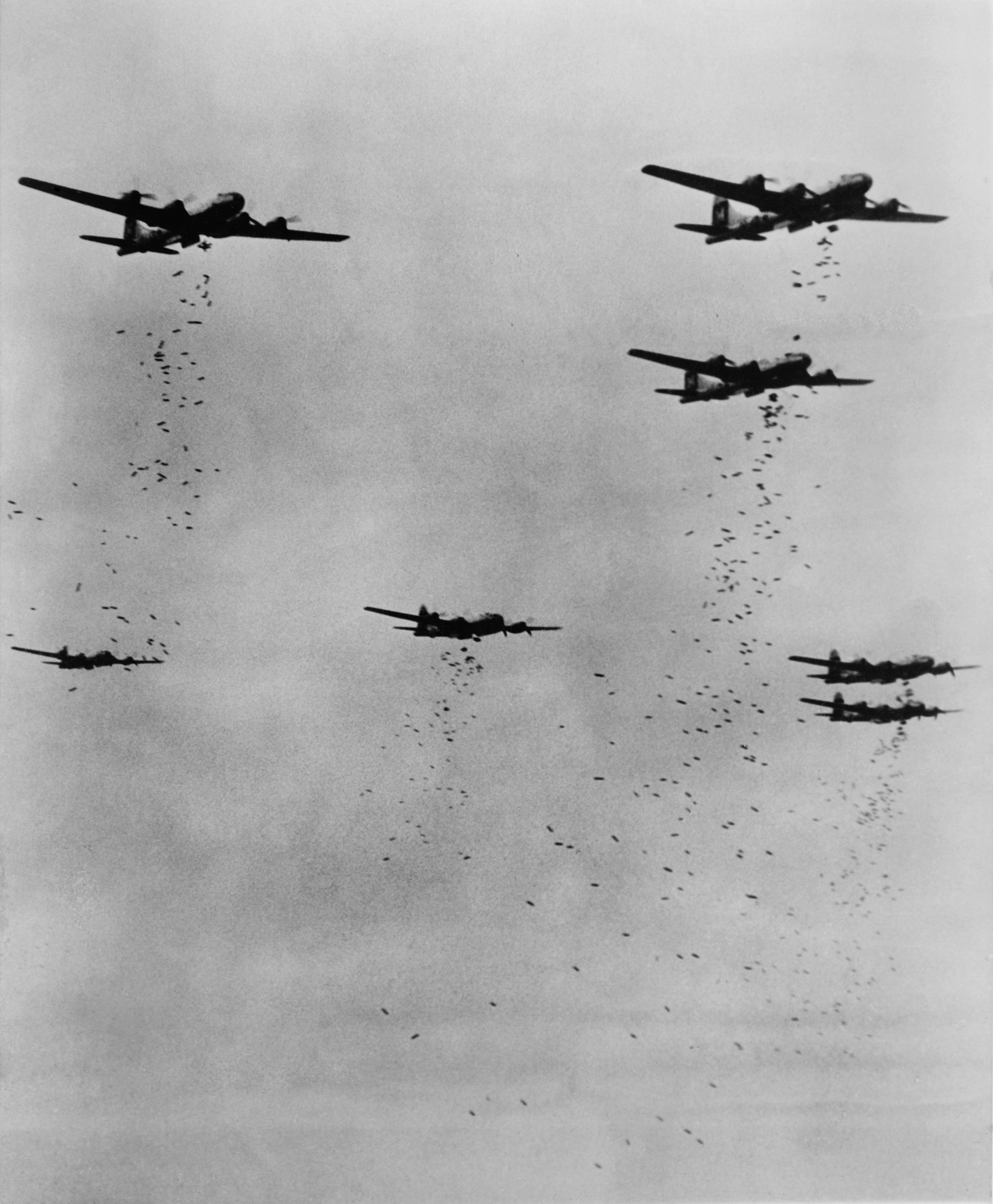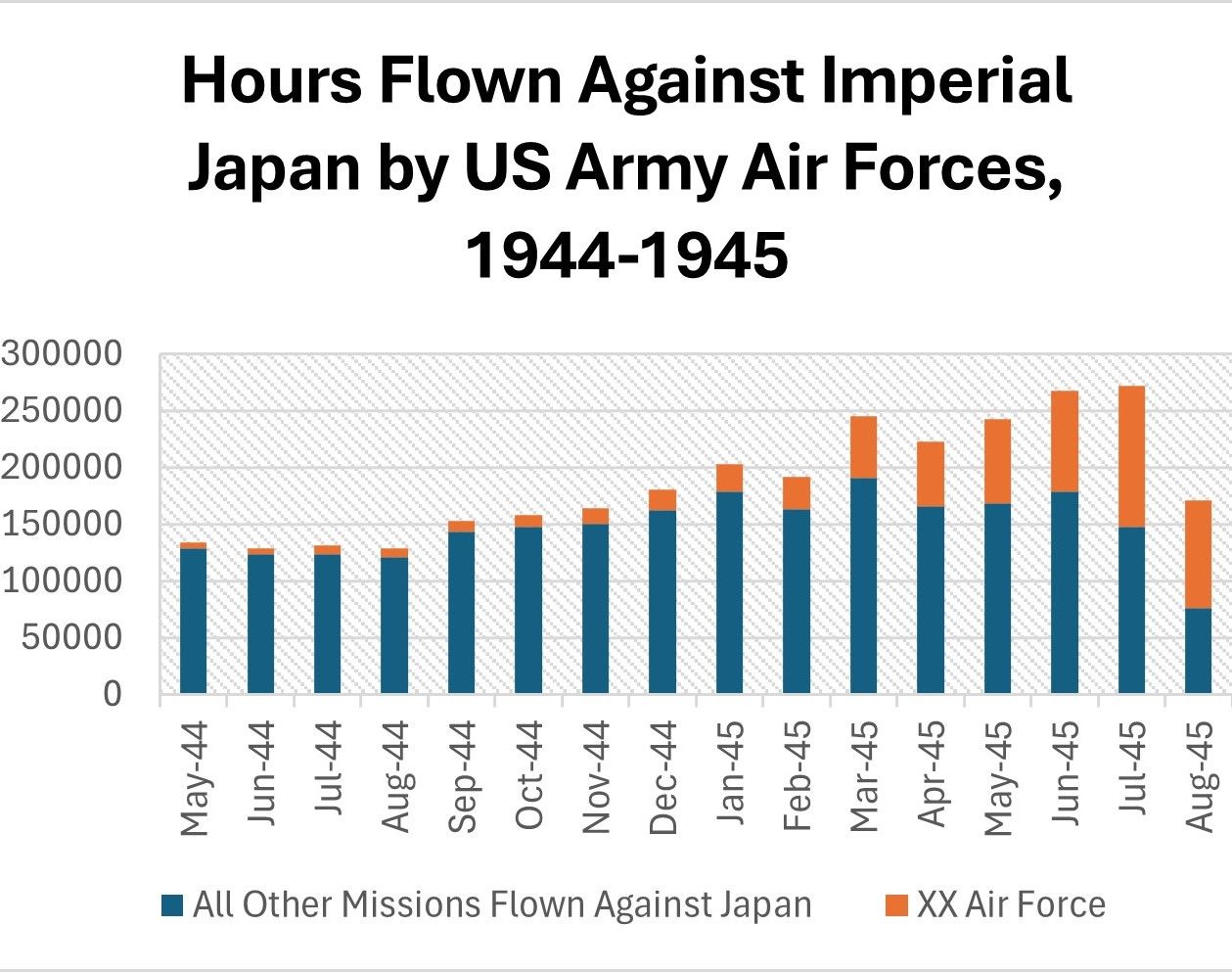Summary
- Operation Matterhorn represented a Herculean logistical effort to base American bombers in the CBI theater.
- Despite delays and challenges, B-29 bombers were successfully implemented to launch strategic bombing raids.
- The operation was not just about bombing but also about overcoming logistical hurdles and laying the groundwork for the future Air Force.
The brass band and ceremonial pomp that welcomed Lieutenant Colonel L.F. Harman’s B-29 Superfortress to Chakulia airfield 80 years ago this month, on 2 April 1944, represented lofty hopes for an already grueling logistical challenge. Chakulia, some 80 miles west of Kolkata in British India, was one staging ground for Operation Matterhorn. This American campaign, approved in November 1943, was to base long-range bombers in the China-Burma-India (CBI) theater and introduce the kind of strategic bombing that had become standard practice in Europe.
The new XX Air Force, directly commanded by Chief of the Army Air Forces General Harold “Hap” Arnold, was created for the task: to target the source of the industrial Japanese war machine with American bombers launched from China.
The last American attack on the Japanese islands had been the 1942 Doolittle Raid, an iconic yet unsustainable plan launched at great expense from an aircraft carrier in contested waters. No American bombers had the range to attack Japan from any currently existing base. To develop a sustainable bombing campaign required land bases, airfields, pipelines, and legions of engineers throughout the CBI theater.
Photo: USAF
Building that infrastructure required years of bureaucratic reorganization, massive investment, and cultural and political diplomacy to occur in weeks. Operation Matterhorn was less about the bombers and more about the Herculean strategic effort to overcome the tyranny of distance and unforgiving terrain.
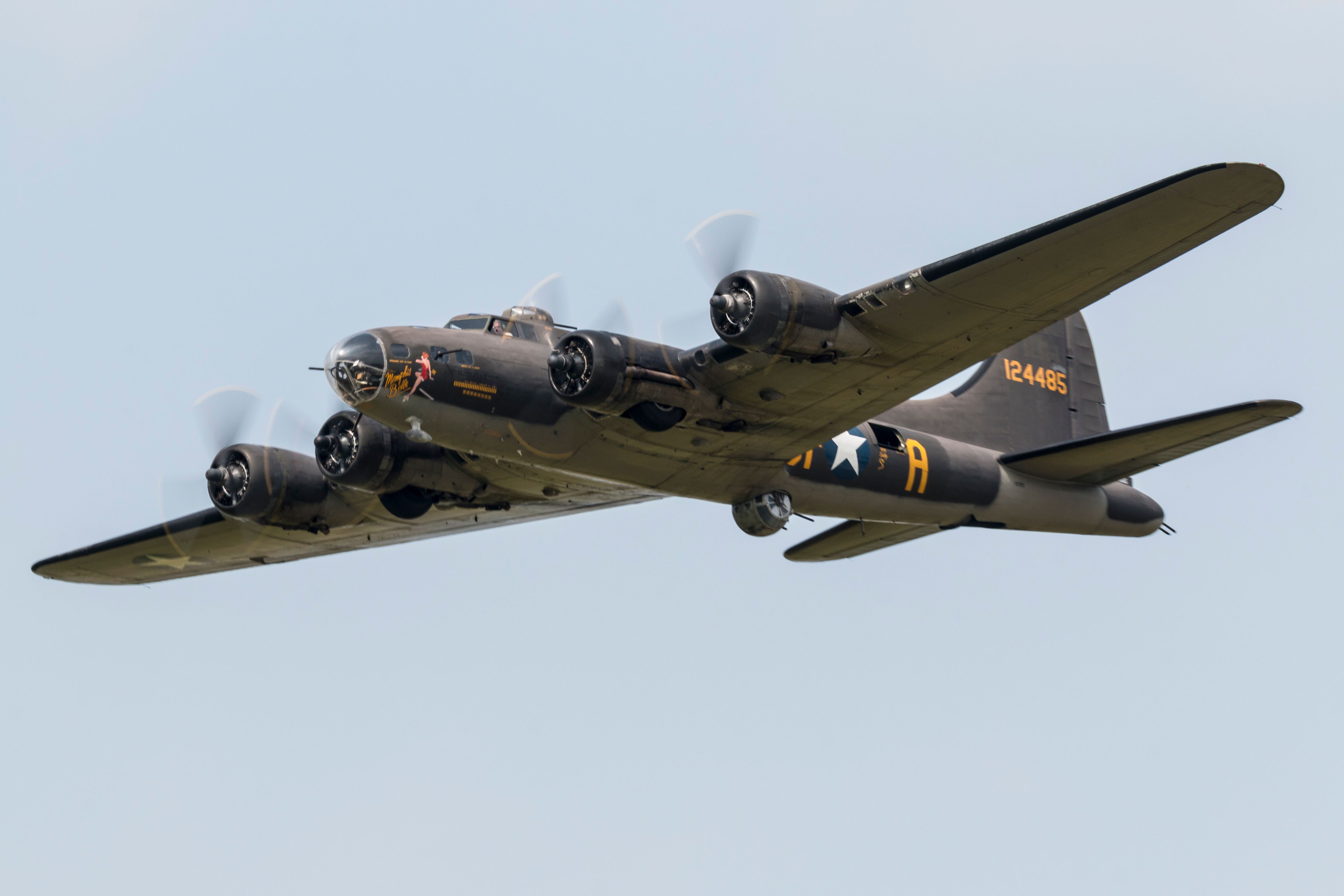
Related
Who Were The ‘Bomber Mafia’ In World War II?
They believed that precision-guided bombing campaigns could win wars.
The machine: Learning on the fly
And yet it is important to begin with the bomber: the state-of-the-art, brand-new Boeing B-29 Superfortress, the Very Heavy Bomber (VHB) sporting four largely untested Wright R-3350 radial engines. Desperate to field the B-29’s improved range and payload as soon as possible, the US Army ordered more than 1,600 even before the prototype was fully approved.
Production delays at the Boeing plant in Wichita sparked the infamous rage of General Arnold in what became known as the “Battle of Kansas.” The ensuing rapid production in the frigid Kansas winter led to a host of modifications, carried out at the last minute after delivery, to prepare the bombers for their 11,500-mile journey into theater.
These delays all created a massive backlog in training, with fewer than 70 first pilots checked out by November 1943 when Matterhorn was approved. Much of the crews’ training took place during their ferry flights around the country and the world.
Photo: Angel DiBilio l Shutterstock
Setting the stage: Moving mountains of cargo over mountains of danger
The establishment of airfields in China was also a massive logistical undertaking. B-29s based in Chengdu, China, could raid the Japanese home islands at the very edge of their 1,600-mile range, but after March 1942, there existed no safe land route from Allied-controlled India into China. Every engine, every screw, every drop of fuel had to be airlifted across “The Hump,” as pilots called the turbulent, icy, unpredictable Himalayan transit.
A dozen airfields needed to be expanded in Bengal to act as rear staging areas; another five airfields needed to be built in Chengdu to accommodate the combat aircraft. Between August 1943 and June 1944, 27,000 Indian workers and 200,000 Chinese workers labored under American direction to complete this massive task, according to the Office of Air Force History.
Photo: United States Army Air Forces
Around the world in 30 days
Eventually, on 26 March 1944, the first of 150 B-29s launched from Pratt Army Airfield in Pratt, Kansas. Nine to ten planes would depart each day for the 11,500-mile journey, which was scheduled for five days: Kansas, to Newfoundland, to Marrakech, to Cairo, to Karachi, to Kolkata.
Colonel Harman’s B-29, Gone With The Wind, touched down on 2 April 1944. The next month was wracked with misfortune: five aircraft were completely lost, four were seriously damaged, and recurring engine troubles grounded every plane for maintenance from 21 to 29 April. Yet by May 8, 130 aircraft had arrived at their rear staging fields in Bengal.
Despite the gargantuan effort required to bring the force into theater, the XX Bomber Command’s job had barely begun. Movement over the Hump to China was the most significant issue. The lack of ports, pipelines, and roads forced the brand new Very Heavy Bombers to carry their own supplies, despite constant sorties by the C-47s, C-53s, and B-24s of the Air Transport Command (ATC).
After the war, General Curtis LeMay noted that for a single combat mission from China, a B-29 would have to fly the Hump seven times just to ferry its own fuel. The eighth trip would bring the bombs, and only then could the raid proceed.
Photo: Imperial War Museums
The first raid, targeting the Makasan railway shops in Bangkok, launched on 5 June 1944. Because of the crews’ relative inexperience, lingering problems with the haphazard mechanical modifications, and poor weather, five aircraft and seventeen crewmen were lost with strategically insignificant results. The command labeled it an “operational success” due to the lessons learned.
Over the next week, fifty B-29s crossed the Hump, and on 15 June 1944, they carried out the first bombing raid on the Japanese home islands since 1942. Although the volume never reached the full intent of the original plan, Operation Matterhorn’s raids placed direct pressure on the Japanese war machine and extended American reach in theater.
Photo: Everett Collection | Shutterstock
Bombs, airlifts, and logistics: Lessons for the future
The raids and the bombers, as impressive as they were, are just a small part of Operation Matterhorn. The effort to develop the B-29, train the crews, modify the aircraft, develop the airfields, transport the fleet, and supply it with 650,000 tons of equipment over the Himalayan mountains was a story of sheer willpower and unbelievable logistical acumen.
It was not easy. But every problem that snagged planners and aviators during Operation Matterhorn became a lesson, written in blood and fuel, that developed the nascent United States Air Force into the global powerhouse it would soon become.
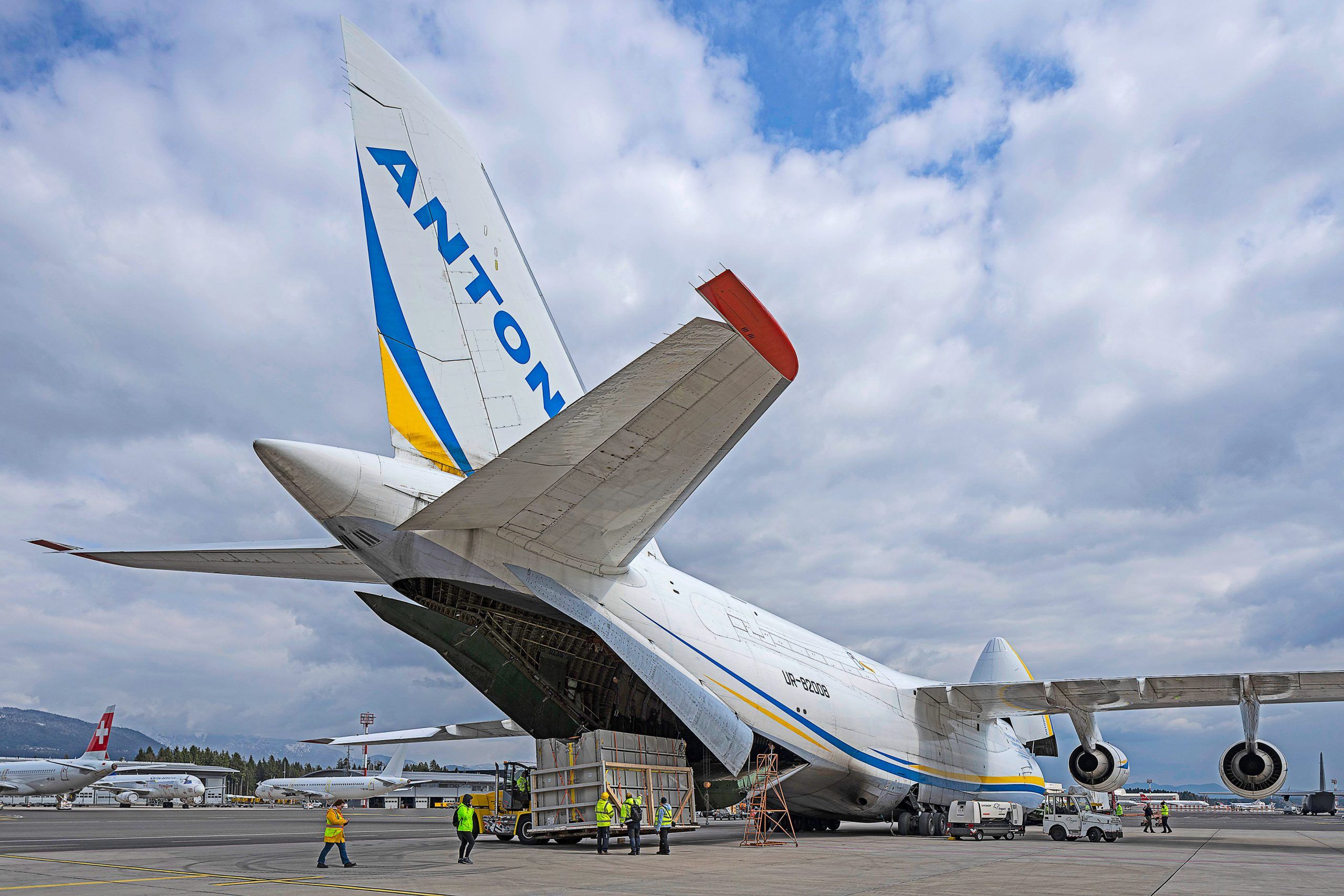
Related
Top 6: The Most Capable Military Airlifters By Payload
A closer look at the world’s six strongest military airlifters.

